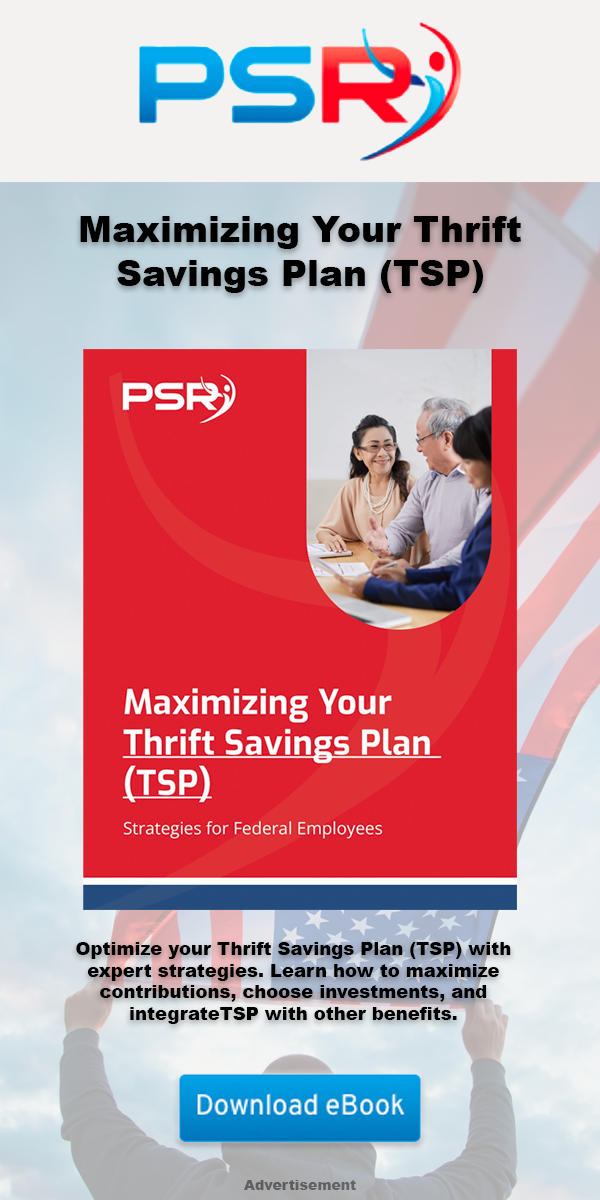Key Takeaways
-
Survivor benefits from your public sector retirement system are not automatic; you must actively elect them during retirement planning.
-
Failing to correctly designate survivor benefits can result in your spouse or dependents losing access to continued health insurance and annuity income after your death.
Understanding Survivor Benefits in 2025
As a government employee, your retirement benefits are a valuable asset—not just for you, but for the loved ones you leave behind. In 2025, programs like the Civil Service Retirement System (CSRS) and the Federal Employees Retirement System
- Also Read: FEHB Premiums Are Up—Here’s What You Can Do Without Losing Coverage
- Also Read: Forgetting to Elect a Survivor Benefit Can Leave Your Spouse Without a Penny
- Also Read: 3 Common Medicare Enrollment Mistakes That Could End Up Costing You Thousands
Setting them up properly is essential to ensure your spouse, children, or other dependents receive financial support and insurance coverage after your passing. Without these elections, even a lifetime of service won’t guarantee your family continued benefits.
Why Survivor Benefit Elections Matter
Survivor benefits allow a portion of your retirement annuity to continue to your surviving spouse or other eligible beneficiaries. But here’s the catch: this only happens if you elect it in writing at the right time—usually when you retire or when you experience a qualifying life event (like marriage or divorce).
Failing to elect survivor benefits means:
-
Your spouse may lose access to your retirement annuity after your death.
-
Your survivor may not be eligible for continued health insurance under FEHB.
-
You may forfeit future planning flexibility if you delay or skip your elections.
The consequences aren’t just financial—they can affect your loved one’s access to healthcare and long-term stability.
What You Can Elect and When
At Retirement
When you retire under FERS or CSRS, you’ll be required to choose whether you want to provide a survivor benefit. Your choices typically include:
-
Full survivor benefit (usually 50% of your annuity)
-
Partial survivor benefit (usually 25%)
-
No survivor benefit
Electing a full or partial benefit reduces your own annuity, but it ensures continued income for your survivor. If you choose no survivor benefit, your spouse must provide notarized written consent.
After Retirement
In 2025, you may still request changes after retirement in limited situations, such as:
-
Marriage after retirement: You may elect a survivor benefit within two years of the marriage.
-
Divorce after retirement: You may be required to provide a survivor benefit under a court order.
-
Death of a spouse: You may be able to elect a new survivor for a later marriage within two years.
Outside these qualifying events, changing your survivor elections is generally not allowed.
Health Insurance and Survivor Benefits
One of the most overlooked reasons to elect survivor benefits is to protect continued Federal Employees Health Benefits (FEHB) coverage. In 2025, the rule remains: if your surviving spouse is not entitled to a survivor annuity, they cannot continue FEHB coverage under your retirement.
This holds true even if your spouse was covered under your plan for decades. The key requirement is eligibility to receive a survivor annuity. Without it, FEHB access ends upon your death.
That’s why many retirees accept a reduced annuity in order to preserve full spousal benefits—healthcare access is often worth far more in the long run.
Cost Considerations in 2025
Electing a survivor benefit reduces your monthly annuity. Under FERS in 2025:
-
A full survivor benefit reduces your annuity by 10%.
-
A partial survivor benefit reduces it by 5%.
Under CSRS, the cost structure is slightly different, but reductions still apply. This trade-off means you take a smaller monthly benefit while living, in exchange for long-term security for your spouse or eligible dependent.
It’s important to factor these reductions into your broader retirement income plan.
Common Mistakes to Avoid
Here are a few missteps you’ll want to avoid:
-
Not electing a survivor benefit at retirement: If you skip this step, it’s very hard to change later.
-
Assuming FEHB continues automatically: FEHB only continues for survivors if a survivor annuity is elected.
-
Relying solely on life insurance: Life insurance pays once, but a survivor annuity is monthly income that continues.
-
Not updating elections after life events: Marriage, divorce, or death of a spouse can change your options. Ignoring these changes can leave survivors unprotected.
What Happens When You Pass Away
If you pass away in retirement, the survivor benefits you’ve elected will determine what your loved ones receive:
-
If you elected a full or partial survivor benefit, your spouse or designated beneficiary will begin receiving the corresponding monthly payments.
-
If FEHB eligibility is maintained, your spouse can continue coverage by paying the required premiums.
-
If you elected no survivor benefit, annuity payments stop at your death, and FEHB coverage ends for your spouse.
The Office of Personnel Management (OPM) will process benefits, but only based on your previous elections.
Special Considerations for Former Spouses
If you were divorced before retirement, a court order may grant a survivor benefit to your former spouse. In such cases, your current spouse may not be eligible for the full survivor benefit unless there is a residual or shared benefit available.
In 2025, the OPM still follows court orders when administering these benefits, so it’s vital to ensure any divorce decree clearly outlines survivor benefit provisions.
Making Changes to Survivor Elections
Outside of court orders or qualifying life events, your survivor elections generally lock in at retirement. If you remarry or divorce post-retirement, you have two years to make changes.
Be prepared to pay deposits or back premiums if you missed the initial election or are changing your election after a qualifying event. These costs can be significant, but may be worthwhile to restore coverage or benefits to a new spouse.
Survivor Benefits and TSP Accounts
Your Thrift Savings Plan (TSP) account is separate from your FERS or CSRS annuity. In 2025, you can still designate a beneficiary directly for your TSP funds.
However, TSP does not provide a monthly annuity to survivors unless you choose to convert your balance into a lifetime annuity through a separate election. Without this, your spouse may receive the balance as a lump sum or installment payments, depending on your designation.
Be sure to:
-
Review and update your TSP beneficiary form regularly.
-
Coordinate your TSP and annuity elections for a complete survivor income strategy.
How to Get It Right the First Time
If you’re planning to retire in 2025 or soon after, take the following steps:
-
Start reviewing survivor benefit options at least one year before retirement.
-
Consult a licensed agent or benefits expert to run the numbers and explain your choices.
-
Talk openly with your spouse or family about their needs and preferences.
-
Understand the deadlines for making changes after retirement and after life events.
-
Submit all elections in writing and keep documentation for your records.
It’s not just about making the right decision—it’s about making sure that decision is properly documented and legally binding.
Planning for the Future Starts Now
Even if retirement feels far off, setting expectations now helps you and your family prepare. If you’re already retired, double-check your elections and your life insurance and TSP designations. A simple review can make a difference.
Don’t wait until it’s too late. Survivor benefits are one of the most crucial, and often misunderstood, aspects of retirement planning.
Protect Your Loved Ones With Thoughtful Planning
Survivor benefits don’t activate automatically, and the cost of getting it wrong can be high—both emotionally and financially. Take the time now to set things up correctly, so your spouse or loved ones aren’t left scrambling during a difficult time.
Talk to a licensed agent listed on this website if you need help understanding or choosing your survivor benefit options.












